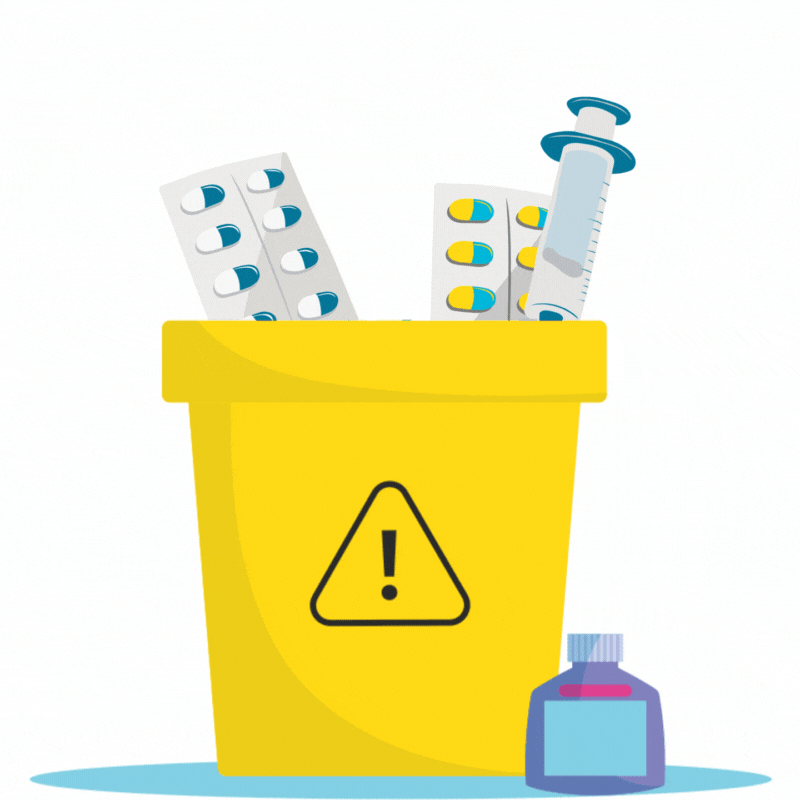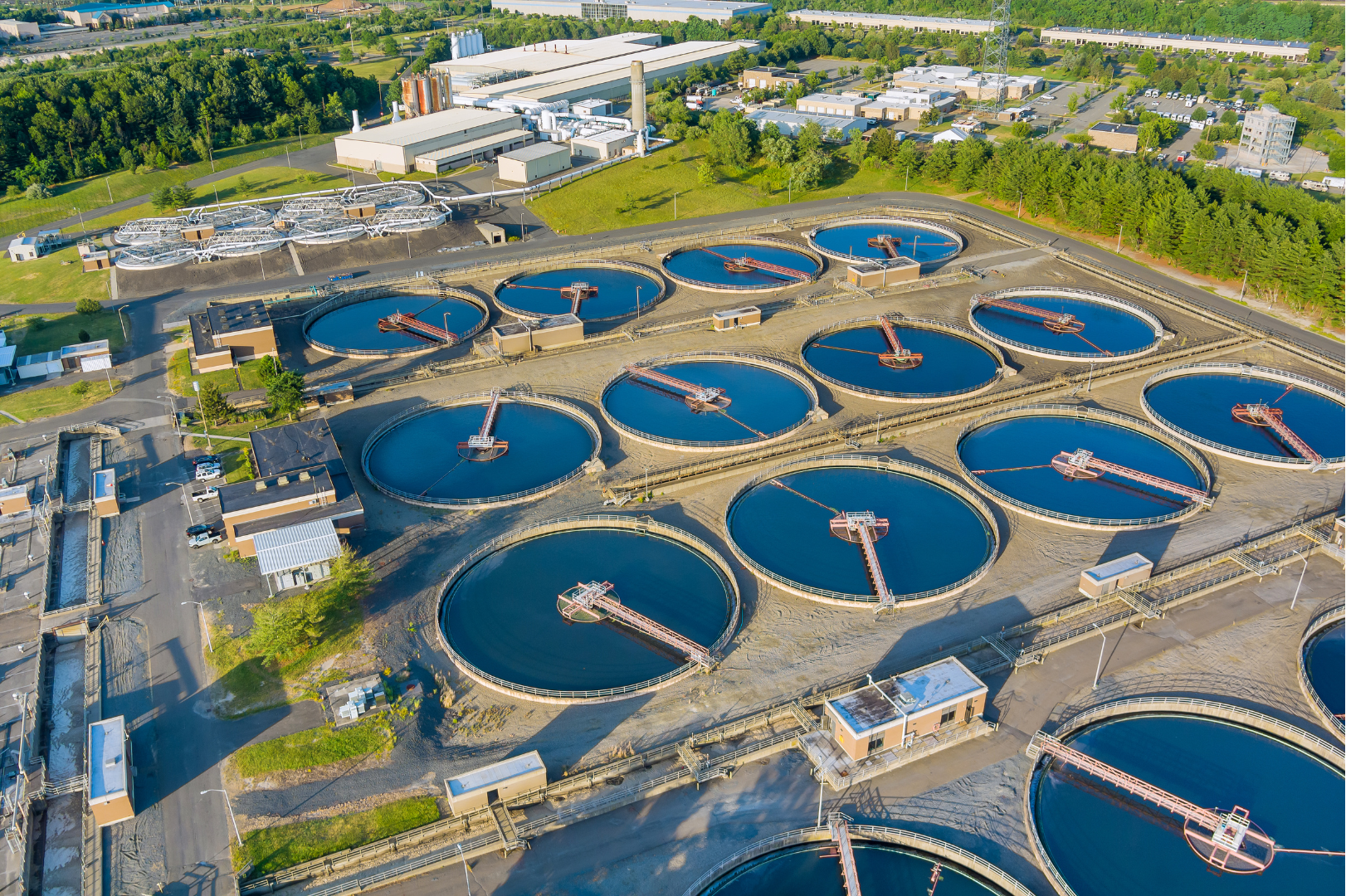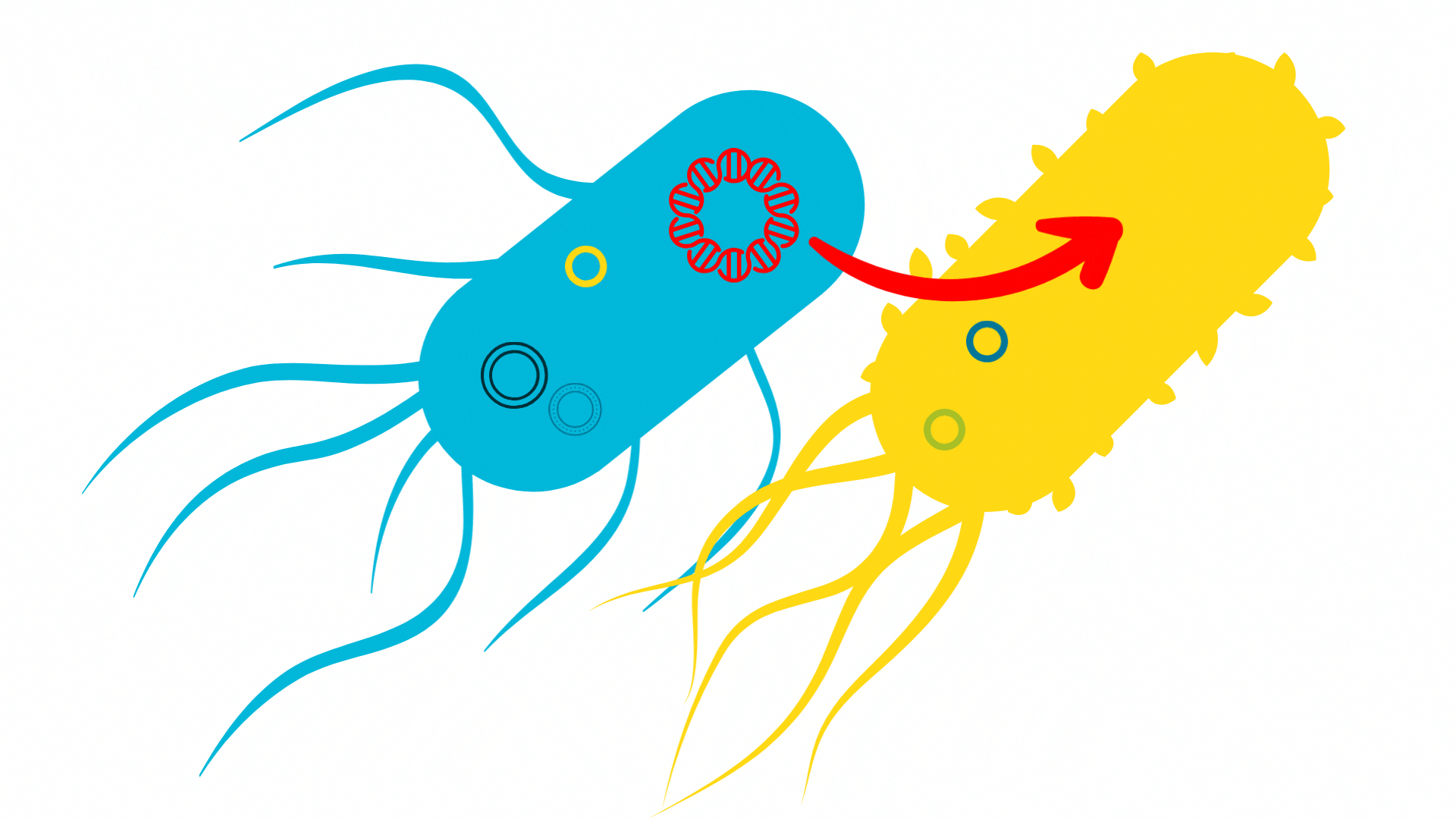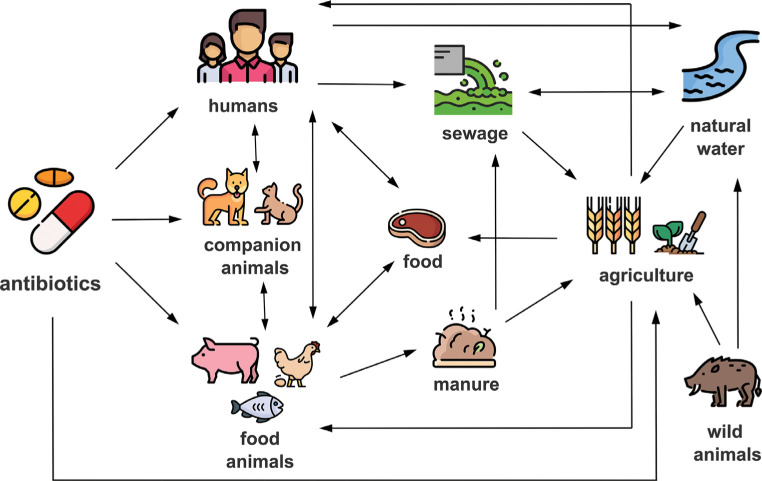Antimicrobial resistance in the environment
Hospitals and other healthcare facilities are large producers of antimicrobial waste.
Antimicrobial waste is generated
- indirectly: by patient secretions
- directly: as discarded medicines
A significant part – 60-80 percent – of the consumed antibiotics is excreted unchanged from the body with the urine, and gets in the wastewater system and then to the wastewater treatment plant.


An important cleaning step in the wastewater treatment plant is biological treatment when various microorganisms and bacteria degrade the organic pollutants in the water. These bacteria are not able to degrade antibiotics; usually the opposite happens.
So, if there are antibiotics in the wastewater, they can
- destroy the bacteria that clean the wastewater, and
- antibiotic-resistant bacteria can develop since bacteria and antibiotics can be close to each other for a long time in the wastewater plant.
In this way, antibiotics and resistant bacteria get into the living water.
The resistance can spread from bacteria to bacteria with gene exchange, a universal property of bacteria. Genetic material can jump between strains and species, including environmental bacteria.
The horizontal spread of genes happens during conjugation: the donor cell provides the plasmid to the recipient.
If the plasmid carries a resistant gene, the recipient cell also becomes resistant. Antibiotic resistance can spread very rapidly in this way.


(Figure: Serna C, Gonzalez-Zorn B. Antimicrobial resistance and One Health. Rev Esp Quimioter. 2022 Oct;35 Suppl 3(Suppl 3):37-40. doi: 10.37201/req/s03.09.2022. Epub 2022 Oct 24. PMID: 36285856; PMCID: PMC9717456.)
What can we do against the spreading of antimicrobial resistance in a healthcare facility?
Waste minimization and management as tools in the fight against AMR
The AMR EDUCare project develops educational materials for healthcare professionals to reduce the spread and exposure to antimicrobial resistance.
Subscribe to our newsletter to stay informed about course development and availability

Funded by the European Union. Views and opinions expressed are however those of the author(s) only and do not necessarily reflect those of the European Union or the Health and Digital Executive Agency (HaDEA). Neither the European Union nor the granting authority can be held responsible for them.

